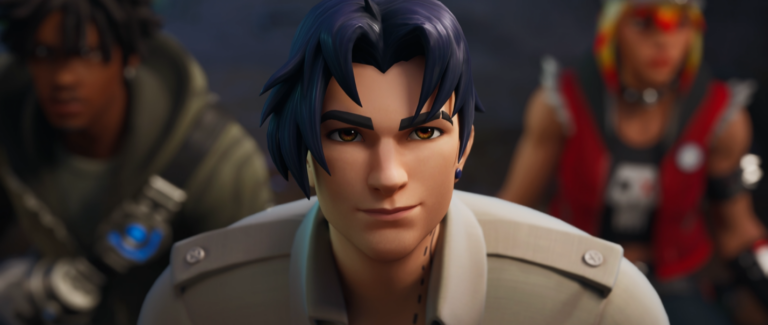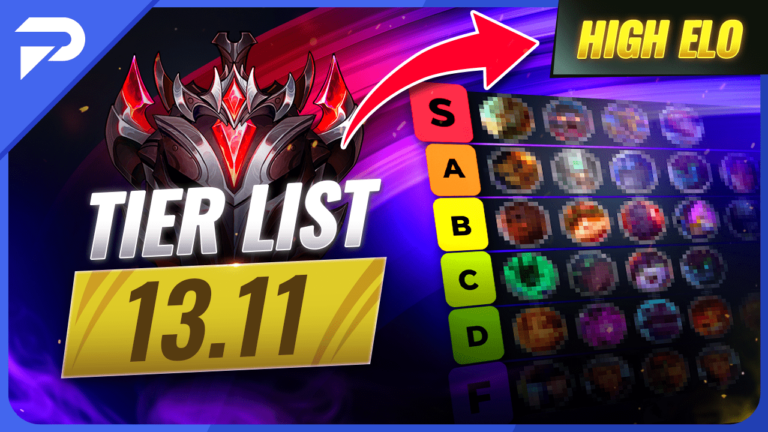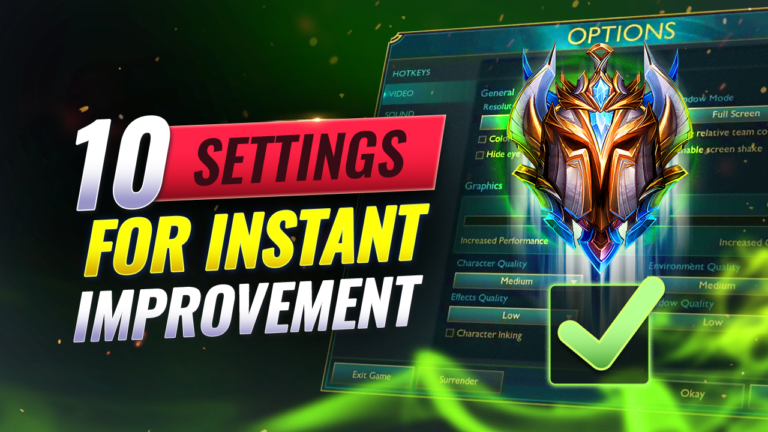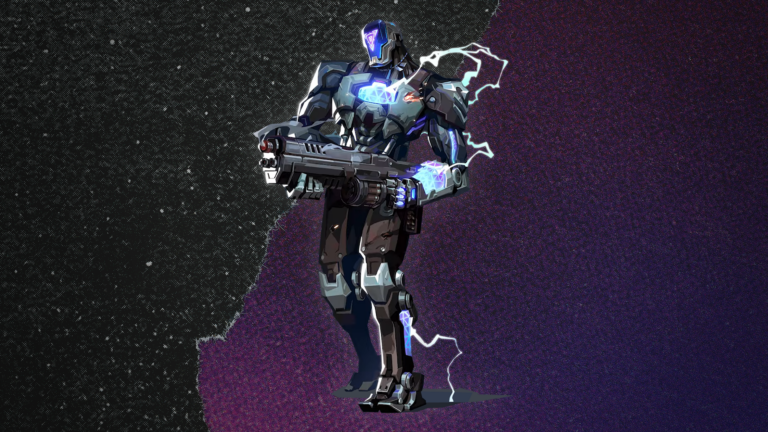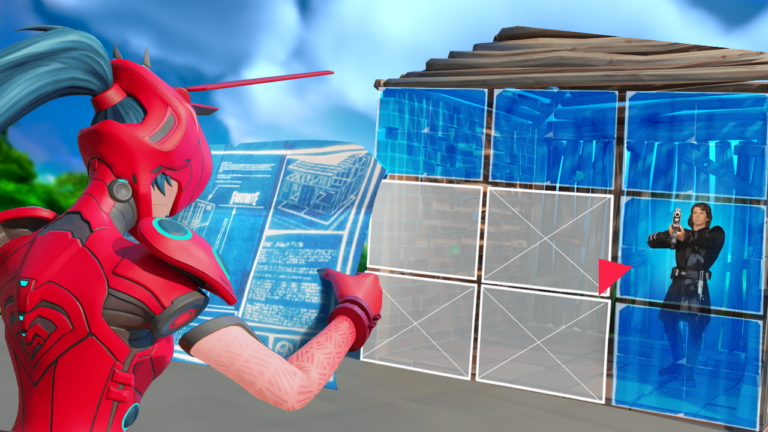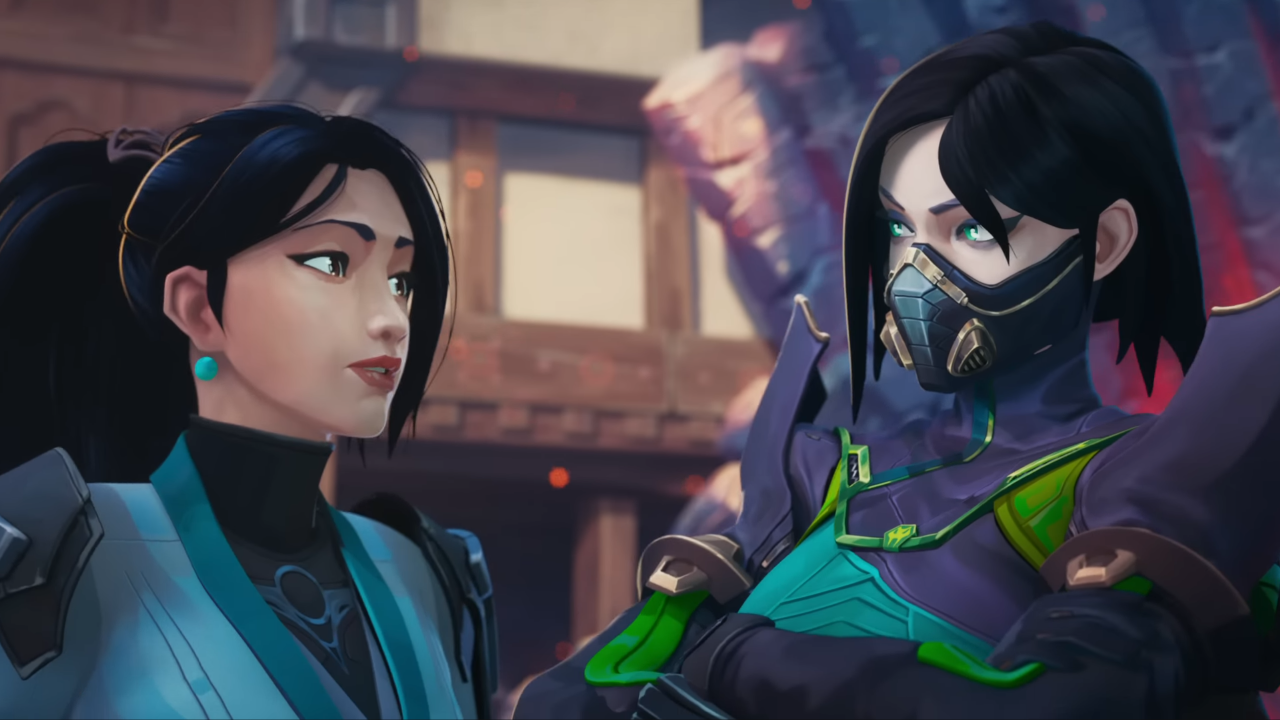
Seven Duo Queue Tips You’ll Need to Win Games
Let’s be honest, you can’t carry every single game, and in the end, you’re just one-fifth of the team. That’s where having a duo partner is a great way to win more games, but ask yourself; are you making the most of your duo queue partner? If you’re not playing together, you’re probably leaving a lot of potential success on the table. If you want to get the best use out of your duo queue partner, check out these 7 tips to help the two of you become a dangerous duo.
Agents

One common theme you will pick up throughout this article is: A selfless partnership sets each other up for success. Here in the Agent’s section, you’ll see how true that really is.
First, make sure that you’re picking agents that work well together. You might be a good Reyna or Jett, but they’re not going to create nearly as many opportunities and combinations as you could with an initiator.
The duelists duo queue is something you’ll see very often in ranked, but if we’re being realistic, really any combination of Phoenix, Jett, Reyna, and Raze is just not going to be nearly as versatile as a single pairing with a duelist and an initiator together.
Look at a Raze and Breach combo, for example, as the possibilities are endless. Breach’s flashes paired with a quick double blast pack to follow up, or a stun paired with a grenade. Breach’s ultimate can keep them in place while you soar in from above with your Showstopper. If you’re really set on playing fast and aggressive VALORANT together, you have to make sure that your Agents combine into a versatile mini-team with plenty of synergies.
A similar example would be a sentinel such as Killjoy or Cypher, as they’re able to hold a lot of ground, but if they’re left entirely alone, they’re being left exposed in ranked play. After all, a solo sentinel is still vulnerable to contact plays, or a sneaky opponent playing for peeks. Having a controller paired with them that you can trust to always smoke when you’re under pressure can be extremely helpful. It makes the site easier to hold, and so in return, it enables more rotations and less punishment for over-rotating.
We’re not saying that any agent combo outside of Raze and Breach or Killjoy and Omen is automatically griefing your teammates, but we do want you to consider the sort of opportunities you create by considering potential synergy while picking your agents together. Reyna and Phoenix may not pair well together, but something like Jett and Sova provides plenty of cool opportunities to test out.
Abilities
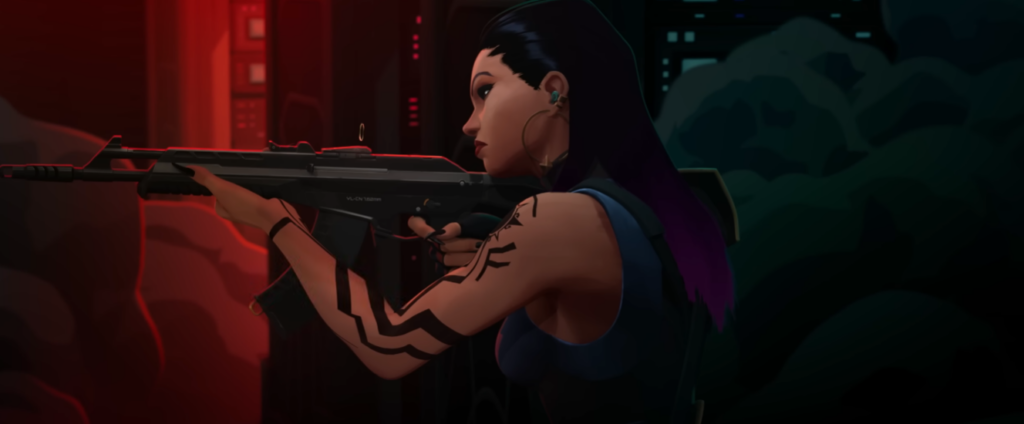
The next tip we’ll be offering is to make sure that you’re using your abilities to support each other, such as the example from earlier with the smoker backing you up while defending a site.
Different Agents have different ability sets, and some are great at supporting teammates, and VALORANT is designed to reward teamplay. If you’re playing with a duo queue partner, make the most of them by coming up with a plan for the round whenever you can. One way you can do this is to set your duo up for an early frag, or support them defensively as the enemies push onto the site.
It can be something that you come up with on the fly as well, such as if you’re playing Skye on Ascent and rotating towards A heaven, while your duo queue partner is playing behind generator with the enemy pushing the site. You can call that you have a flash for heaven so your teammate can peek off of it. It can only benefit you to do this, as the flash will be behind your teammate making it low risk, and if you can time it right, your teammate can battle multiple blind enemies while you swing out in time to help or trade.
You may get some things wrong while you experiment like this, and hey, everyone misses a flash from time to time, but don’t worry. Make mistakes and learn from them, as they’ll make you and your partner better. If all else goes wrong, just pick Gekko since his flash doesn’t blind your teammates.
Positional Plays
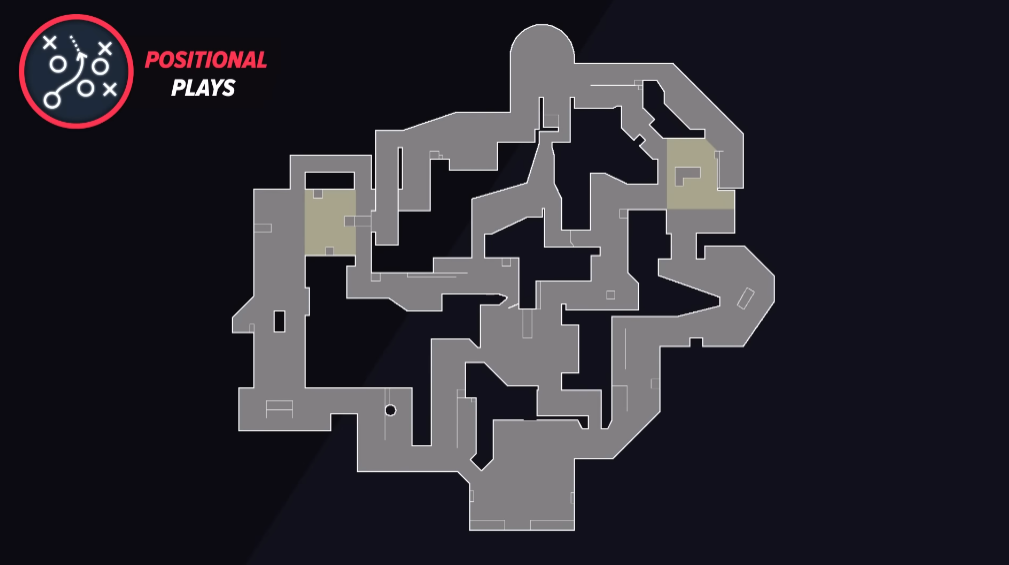
Our third tip is all about positioning, such as bait setups, crossfires, and contact plays. Three things you won’t hear about too often in ranked unless your teammates are accusing you of baiting. Using them correctly, however, and they become essential to playing together at a high level. The best part is, they work on defense and offense in the post-plant scenarios.
The first step is to have a plan of action, and it can be something simple, as long as you describe how you will react when the opponents push you, who will engage first, and how the partner will assist them. For example, you call to your duo queue partner, “I’ll peek on your contact”, now you’re set up so they are ready for you to peek as soon as they have the attention on them.
Bait setups work the opposite way, as you’re now trying to draw as much attention to yourself as possible, so your teammate can swing out and shoot them in the side.
Finally, we move on to the crossfires, and while there aren’t as many positions where you can set up a good crossfire, they can be exceptionally deadly when you’re defending. You need to have positions where you have similar lines of sight, but from opposite sides of the funnel or corridor that you expect the enemy to arrive from. Now, let’s look at a few more scenario examples that can help get your creativity flowing.
Bait Setups
First, for a bait setup, you have player 1 on Jett with an Operator, while player 2 is on Skye with a Phantom, and they’re defending the B site together. Skye runs up B long and tucks into the corner to hide, while Jett follows Skye up, before positioning in the same place but holding B long for the early frag. After Jett gets a frag and immediately dashes over to the pillar, the opponents rush to chase Jett, and in their rush, they forget to check the cubby where Skye is waiting to shoot them from their flank.
Jett has successfully baited for Skye, and even earned a frag while doing it, and the duo has shut down the B long push with some clever positioning. You can now see how the bait setup can be a powerful tool, and of course, there are plenty of other variations to run.
Crossfires
For crossfires, you simply need to position players on either side of the doorway in hookah, and you can turn hard ecos into potential round wins. The way to get smart with crossfires is to create angles that don’t commonly exist, and you can use smokes to do so, or in this next example, a Sage wall.
Player 1 will be Sage and player 2 will be Fade, and they’re defending the A site together on Pearl, but they have force bought and all they can afford is Spectres and their abilities. Fade plays the corner to the left of main with Sage on the right, and Sage calls to crossfire A main if the enemy rushes. As they hear footsteps approaching, they place the Sage wall so it gives them just enough cover to sit behind. The enemy break the first segment of the wall and rush through, then as they turn to fight Fade, Sage can unload their magazine into the enemy’s backs.
Contact Plays
Finally, we’ll look at a contact play. Rushing through the double doors is a common eco-round play, so in this round, the duo will consist of Killjoy and Skye in a setup to counter that. Killjoy plays inside connector watching the cross in the archway while Syke waits at the bottom of B link, ready to swing out when they hear gunfire or a call from their teammate.
As the enemies rush in, Killjoy gets the first frag, and Skye swings out to take the fight and easily finishes off the eco players at long range. Also keep in mind that similar to the bait setup example, abilities such as Killjoy’s molly or Skye’s flash can complement this setup as well, and provide a variation if you’ve already used this setup earlier.
Map Control

Why do you want to fight for map control? Simple; the more you control, the more you deny your opponents information and opportunities. You’re also simply taking map control with supporting abilities, meaning that there’s a good chance you’ll pick up frags in the process.
If you’re an initiator and a duelist duo, you’ll always want to be doing something active. The best way is to try to control an important section of the map. Take for example, you’re playing on Pearl, where art is a great part of the map to fight for since it’s easy to isolate a player and if you can control it, you have the possibility of an A split and a connector lurk. If you’re playing Fade and Jett, you can quickly prowler around the corner for your teammate to follow up on, and still be there to trade.
If you and your duo queue partner are playing as Breach and Raze, you can take the same area of the map with a stun for Raze to follow up on. There are quick and simple map control plays like this on every map, so get out there and play together, as you’ll be a step above many others in your games who wander around alone.
The Influence of Two is Better Than One

There’s always a bit of a mob mentality when it comes to ranked teams, and once someone starts to get negative, it can quickly spiral out and go downhill. It can be difficult to get the team to follow a plan, especially when you’re off to a bad start. Having a teammate who can voice their support for any plans or strats you call, and vice versa, can mean that you’re able to quickly influence the team vibe, while also making them more likely to follow along. It’s a simple example of positive affirmation, and it makes a huge difference.
It’s a common problem that duos will communicate in private voice chat outside of VALORANT, and that lack of leadership can bring the mood down and be a challenge to recover from. Whenever there is a plan being called, get behind it to say “Yeah, let’s do it”, as doing this with your duo regularly in-game with enthusiasm can help to convince teammates to join in on the plan.
Learn
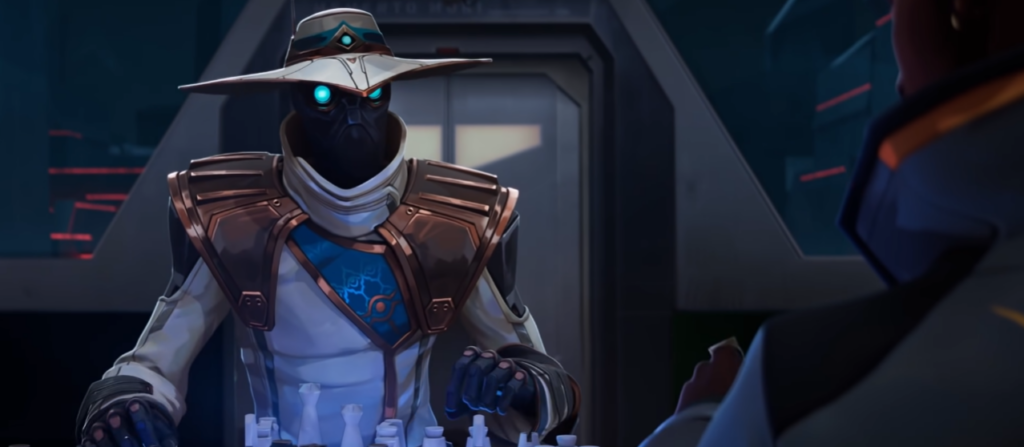
This tip is undoubtedly the best part about having the same teammate in matches with you regularly; you are able to fix the things that go wrong. So often in ranked games, you’ll solve a problem only to have to solve it all over again after you queue into a game with brand new teammates.
You and your duo queue partner will make mistakes, but being able to learn from those mistakes together, and implementing your solutions into future matches, can quickly set you apart from your opposition and lead to the two of you climbing the ranks.
Just by simply having someone to talk things through and discuss solutions, you’ll be able to learn easier. It’s always better to discuss as you are learning, and you’ll improve as a player by going through that process. You can start to build a few go-to set plays while having variations from them to deal with certain styles of play or problems that you’ve faced in the past. All of these little tweaks be made will continue to build up, until you feel as though you and your partner are prepared for anything, anywhere.
Trade Properly
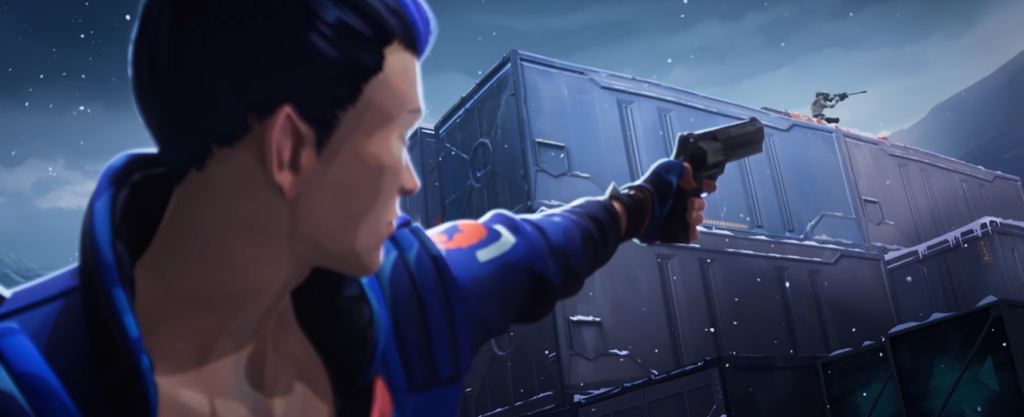
Now our last tip is all about making sure that your trades go off smoothly. While this really applies to all aspects of VALORANT, having a duo queue partner that you can trust to trade makes things much easier to execute.
Here’s the thing, when you peek an angle with a partner instead of alone, you have to approach it differently. When you have a teammate behind you, and you want to peek an opponent who is holding defensively, you need to be selfless, taking a lower percentage chance of getting the frag, while ensuring that your teammate can at least trade in the process. The trick here is to swing wide, not exactly a poppin swing, but definitely wide enough to give a second player beside you the room to peek on the same target.
This is called a double swing, and you really should be using it everywhere. when you’re in a 2v1 clutch, count down 3… 2… 1… and double swing! Is there a player isolated on site? 3… 2… 1… double swing! Also, when you’re just entrying and aren’t entirely sure where the enemies are at, make sure you actually give your trade frags room to trade.
If you peek straight onto the angle, and you try to hit a clean one-tap yourself, you’re opening up the opportunity for your enemies to frag you and your partner in consecutive fashion. If that happens, you can’t blame your teammate for not being ready to trade you, that one is on you.
Remember, you have to think as a duo, not just for yourself. Consider if each decision that you’re making in-game is only benefitting you, or if you are thinking as a duo. Once you’ve sorted this out, you’ll have a leg up on the competition, or, two legs actually.

